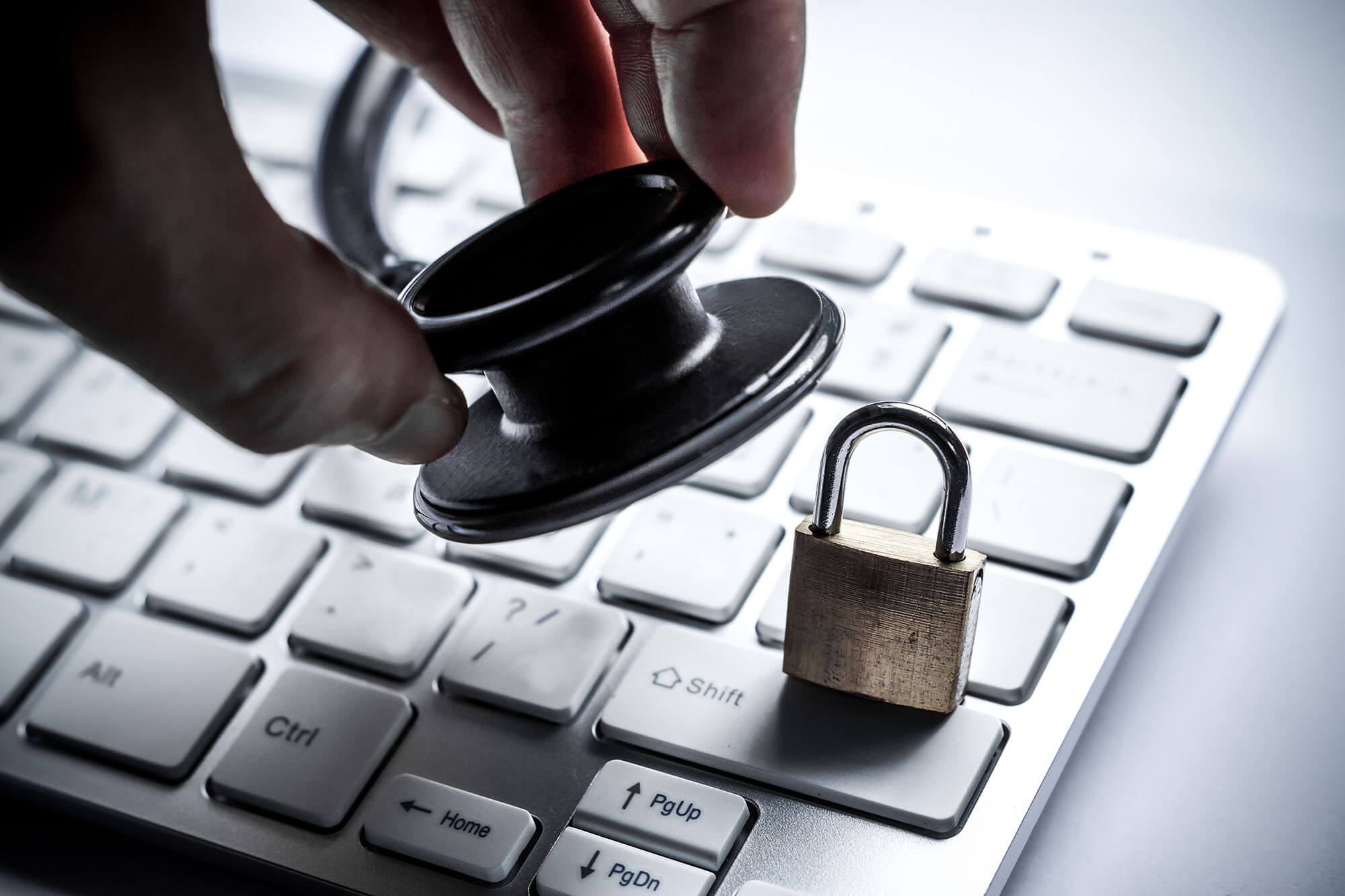Does your medical practice have a secure IT infrastructure? Many healthcare practitioners turn a blind eye to IT security, assuming it’s an unnecessary expense that offers little-to-no value.
While creating a safe IT environment requires an investment of both money and time, most experts agree that it’s well worth the cost in the long run. Here are some of the top reasons medical practices need a secure IT infrastructure.
Protection from Cyber Attacks
It’s not just banks and financial institutions that hackers target. According to the 2017 Global Threat Intelligence Report (GTIR), healthcare is one of the top four industries in which ransomware occurs. Researchers say 77% of the world’s detected ransomware occurs in four industries: business and professional services (28%), government (19%), healthcare (15%), and retail (15%).
Hackers and cybercriminals often target small medical practices because of their lax security measures. While not immune from cyber attacks, larger medical facilities like hospitals typically have stronger IT security, including enterprise-grade firewalls, dedicated IT security specialists, proactive monitoring, and more. Small medical practices, on the other hand, typically have weaker and more vulnerable IT infrastructures, placing them at a greater risk for cyber attacks.
HIPAA Compliance
Maintaining a secure IT infrastructure is also critical for Health Insurance Portability and Accountability (HIPAA) compliance. The Office of Civil Rights (OCR) has increased its HIPAA enforcement efforts over the past few years, resulting in more fines and corrective action plans for offending covered entities. Without a secure IT infrastructure, your medical practice is at risk of being cited for noncompliance. Even small breaches can result in hefty fines while your practice is bogged down with administrative work and corrective action plans.
The HIPAA Security Rule specifically requires doctors and other covered entities to prevent the disclosure of Electronic Protected Health Information (e-PHI). If you electronically store or transmit patient information — names, addresses, birthdates, social security numbers, health insurance plans, etc. — your IT infrastructure must be secure. If it’s not, the OCR could cite you for one or more HIPAA violations pertaining to the Security Rule.
Patient Trust and Confidence
Would you be confident in a medical practice that allowed your personal information to be stolen? Failure to create a secure IT infrastructure may result in the cyber intrusion and subsequent disclosure of patient information. When this occurs, the OCR requires medical practices to notify all affected persons, either within 60 days from discovery of the breach (if 500 or more individuals are affected) or 60 days of the end of the calendar year (for fewer than 500 affected individuals).
Once a patient hears that a breach occurred in your medical practice, he or she may think twice about booking another appointment. Furthermore, that patient may tell his or her friends about the breach, resulting in fewer word-of-mouth referrals. By taking a proactive approach towards IT security, you’ll prevent problems such as these from arising while maintaining your patients’ trust and confidence.
Cloud Services
Creating a secure IT infrastructure in a medical practice is easier than many practitioners realize. You don’t need complicated, expensive-to-maintain hardware. Thanks to cloud-based solutions, IT security and management is easier than ever.
Cloud-based IT solutions allow medical practices to leverage the power of the cloud. Instead of using local appliances, cloud-based solutions use hardware stored at a remote location — away from your medical practice. Because the cloud service provider (CSP) or vendor manages the hardware, medical practices receive professional IT management services to help them achieve an IT environment with iron-clad security.
Regardless of size, every medical practice needs a secure IT infrastructure. From HIPAA compliance and cyber security to patient trust and confidence, IT security is essential.






